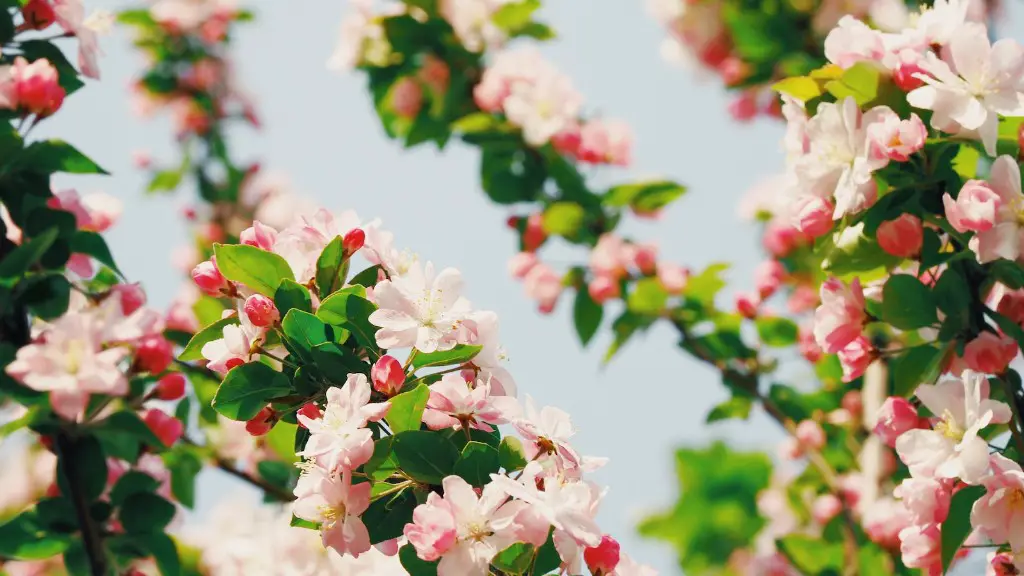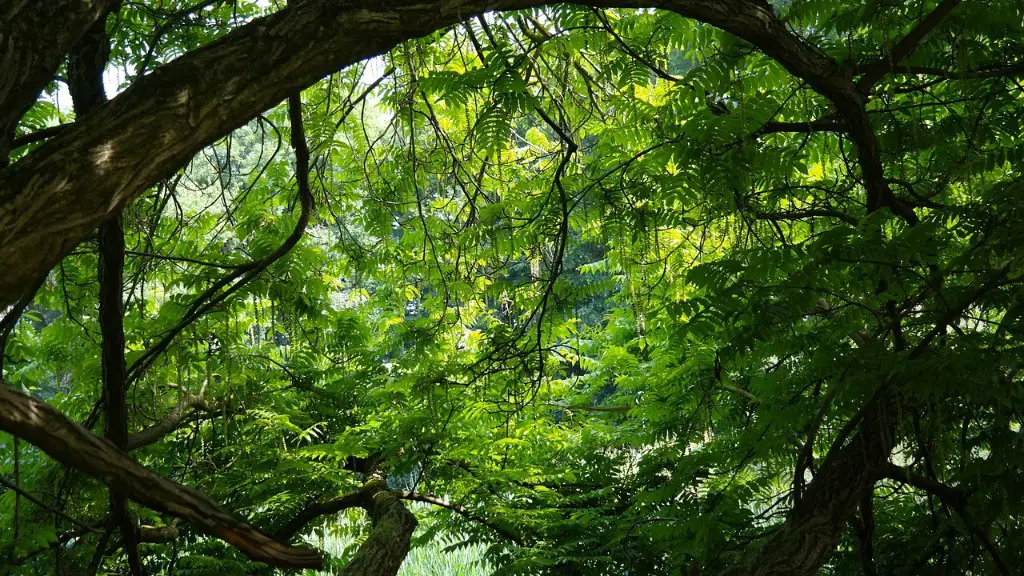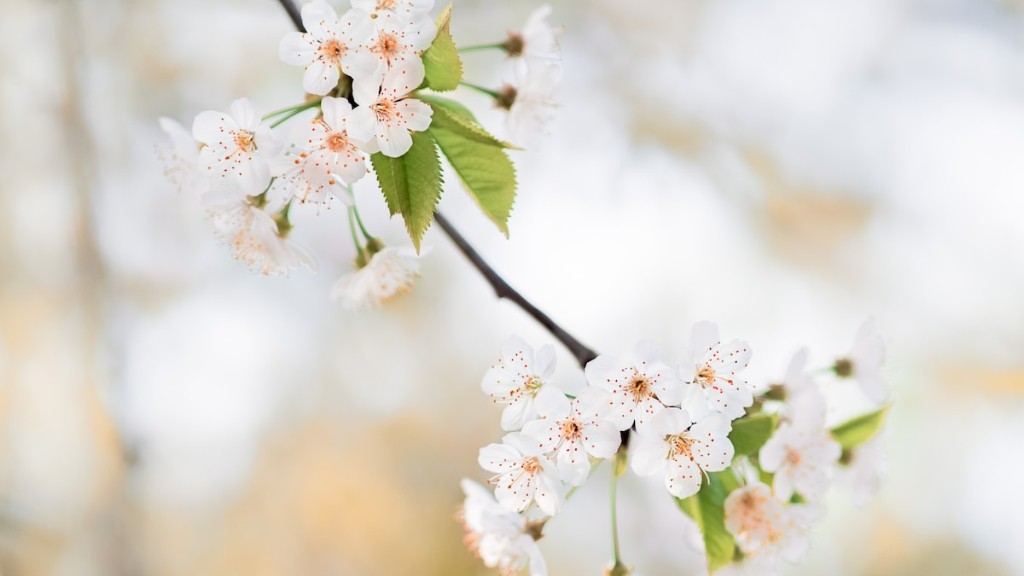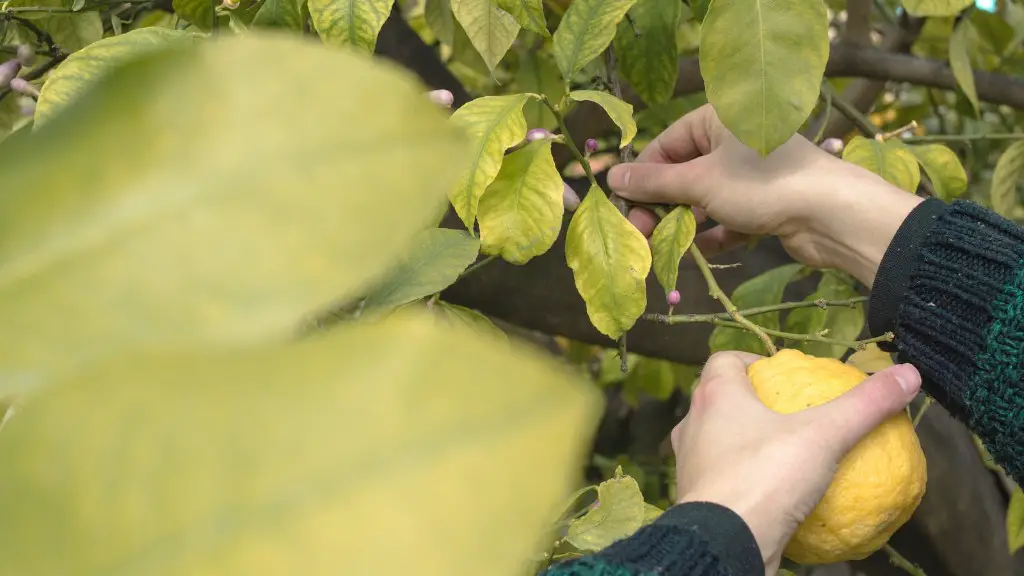When it comes to trees, they don’t get much more classic than the cherry tree. These beautiful trees are known for their fragrant blossoms and delicious fruit, making them a popular addition to any home garden. However, over time even the most well-cared-for cherry tree can start to look a little tired and in need of a pick-me-up. If your cherry tree is looking a little sad, don’t worry – there are plenty of things you can do to rejuvenate it back to its former glory. Read on for our top tips on how to rejuvenate an old cherry tree.
Cherry trees can live for a very long time, sometimes even centuries. But over time, they can start to produce less fruit, and their leaves can become yellow and dull. If you have an old cherry tree that isn’t looking its best, there are a few things you can do to rejuvenate it.
Prune the tree in late winter or early spring, removing any dead or diseased branches. Thin out the crown of the tree to allow more light and air to reach the leaves. Fertilize the tree with a balanced fertilizer, and water it deeply and regularly. Apply a mulch around the base of the tree to help retain moisture. Finally, give the tree plenty of TLC and patience; it may take a few years for an old cherry tree to fully rejuvenate.
Can you prune an old cherry tree?
Pruning cherry trees is an important task that should be done regularly, usually during the winter. This helps to remove dead, diseased or damaged branches and to open up the canopy. You should remove about 1/3 of the branches annually or every few years. Rejuvenation pruning can also be done on an old neglected tree.
Pruning is an important part of maintaining a healthy cherry tree. You’ll want to remove any dead or diseased branches and cut them above a healthy bud. Pruning upper branches will allow sunlight to reach the inside of the tree, which will produce better fruit. You should never remove more than 20 percent of the tree’s branches, as this can lead to a decline in health for the tree.
How do you prune a neglected fruit tree
Pruning helps to shape the tree and remove any unwanted or damaged growth. It is best done in late winter or early spring, before the tree begins to actively grow again. To prune a tree, remove all dead, diseased, or broken branches first. Then, lower the height of the tree by heading back large, upright-growing scaffold branches to outward-growing laterals. Finally, remove any undesirable interior branches and low-hanging branches.
Caring for your cherry tree is important to keeping it healthy and productive. Be sure to water your tree regularly, fertilize the soil, and prune away any dead or diseased limbs. Keep an eye out for pests, and take action to keep them away from your tree. With proper care, your cherry tree will provide you with delicious fruit for many years to come.
When should you not prune a cherry tree?
Autumn and winter pruning is not recommended for sweet cherries because they are prone to silver leaf fungus and bacterial canker. Both of these diseases can attack the tree through pruning cuts. Young cherry trees (0-3 years) should be pruned in the early spring because they are more susceptible to frost damage.
Most cherry tree trimming is done before the tree begins growing for the season. Trimming the tree while it remains dormant in late winter to early spring allows you to see and access all of the branches with ease. Cherry trees also have lower susceptibility to damage caused by pruning while dormant.
How long do cherry trees live for?
Cherry trees have a relatively short lifespan compared to other trees. Black cherry trees, however, can live for up to 250 years. This is due to the fact that black cherry trees are more resistant to disease and pests.
A mature full-sized cherry tree will have a root system spanning 33 to 39 feet in diameter. As for depth, the roots wouldn’t grow beyond 3 feet deep. Dwarf cherries have a smaller root system that spans 10 feet wide and 1 foot deep.
How do I know what kind of cherry tree I have
Topic: Also you can look at the color of the stems And you’ll you can notice the horizontal slits in the stem
When you’re looking at a plant, you can use the color of the stems to help you identify it. You can also look for horizontal slits in the stem – this is a good way to tell if a plant is a grass or a sedge.
It’s possible that new growth will occur on a fruit tree after the trunk has been cut, but it depends on the tree and the type of growth that results from the damage. In my opinion, it’s worth the effort to find out if this is successful, since you will know within a couple months after cutting the trunk. Most fruit trees are grafted, so this is something to keep in mind.
How do you help a struggling fruit tree?
To have a healthy young fruit tree, it is important to eliminate the competition from other plants. This means clearing the area around the tree of any weeds or other plants. Apply a layer of mulch to help keep them from coming back.
Pruning during the growing season should be avoided if possible, as it can stimulate new growth which can be very stressful for a tree during summer heat. Fall pruning is even worse, as it can prevent the tree from going into its natural dormancy.
Are coffee grounds good for cherry trees
If you’re thinking of using coffee grounds to fertilize your garden, it’s important to be aware of a few things. Coffee grounds are highly acidic, so they should be reserved for acid-loving plants like azaleas and blueberries. Also, if your soil is already high in nitrogen, the extra boost from coffee grounds could stunt the growth of fruits and flowers. So, while coffee grounds can be a great addition to your garden, be sure to use them wisely!
If you are planting a cherry tree, it is important to know that they are light feeders. This means that they prefer a low-nitrogen fertilizer, such as 5-10-10 or 10-15-15. Too much nitrogen will result in excessive leaf growth and reduced fruit production.
Can I use Epsom salt for cherry tree?
If you have some fruit trees, a boost in magnesium will do them a world of good. Epsom Salt is used on fruit trees or vegetables to help them yield larger, sweeter, and more fruits. It works great also for nut trees and fruit shrubs.
While most other fruit trees are pruned in late winter, summer pruning is more suitable for sweet cherries. You can prune after the harvest, which is usually between the beginning of August and the end of September. Pruning cherry trees in summer curbs too much growth, which is typical for sweet cherries.
Final Words
There are a few things you can do to rejuvenate an old cherry tree. One is to prune the tree back hard, which will encourage new growth. Another is to fertilize the tree with a high-phosphorus fertilizer, which will also encourage new growth. Finally, you can water the tree deeply and regularly, which will help it to stay healthy and vigorous.
One way to rejuvenate an old cherry tree is to prune it. This will help the tree to produce new growth and become more productive. Another way to rejuvenate an old cherry tree is to fertilize it with a high-phosphorus fertilizer. This will help the tree to produce more fruit.




